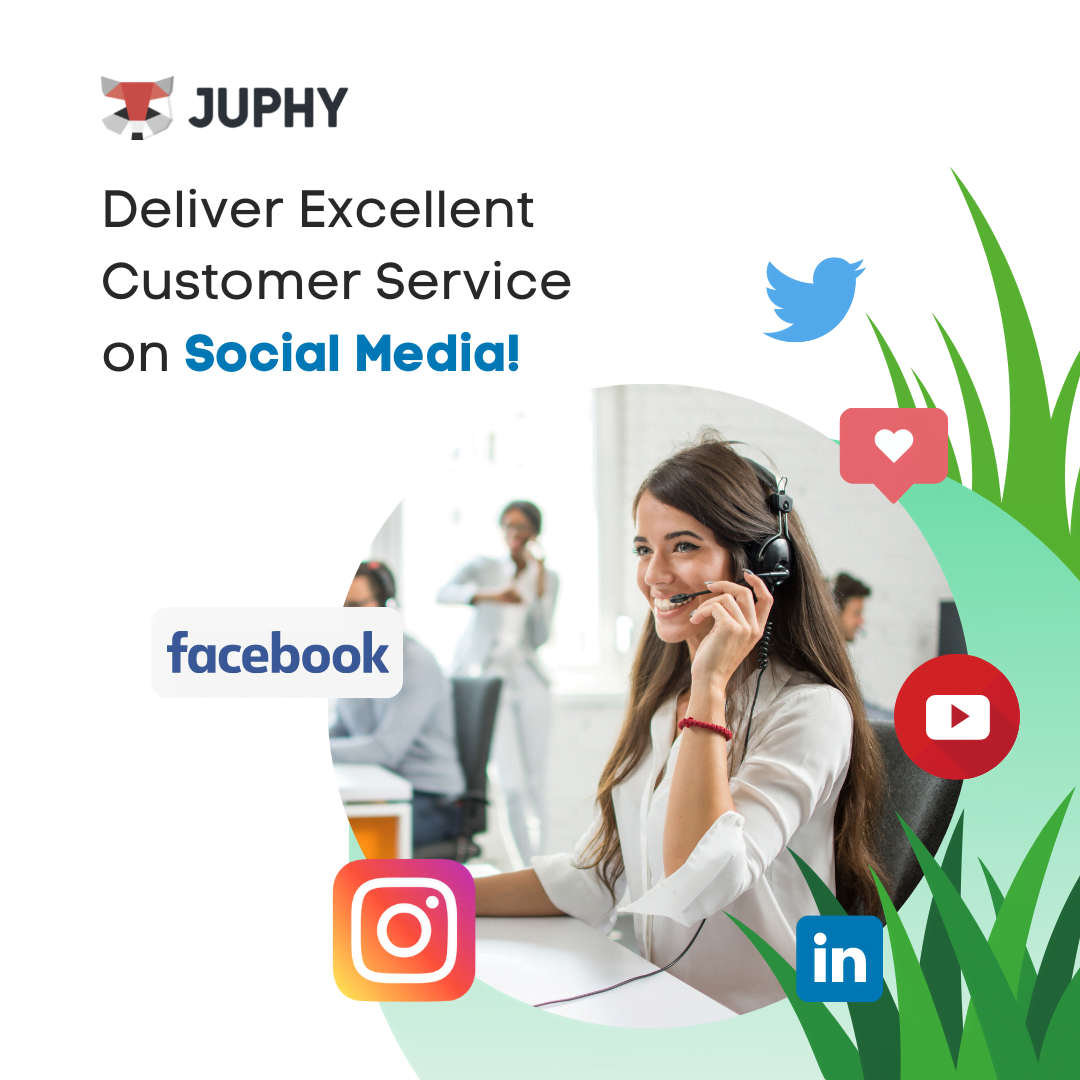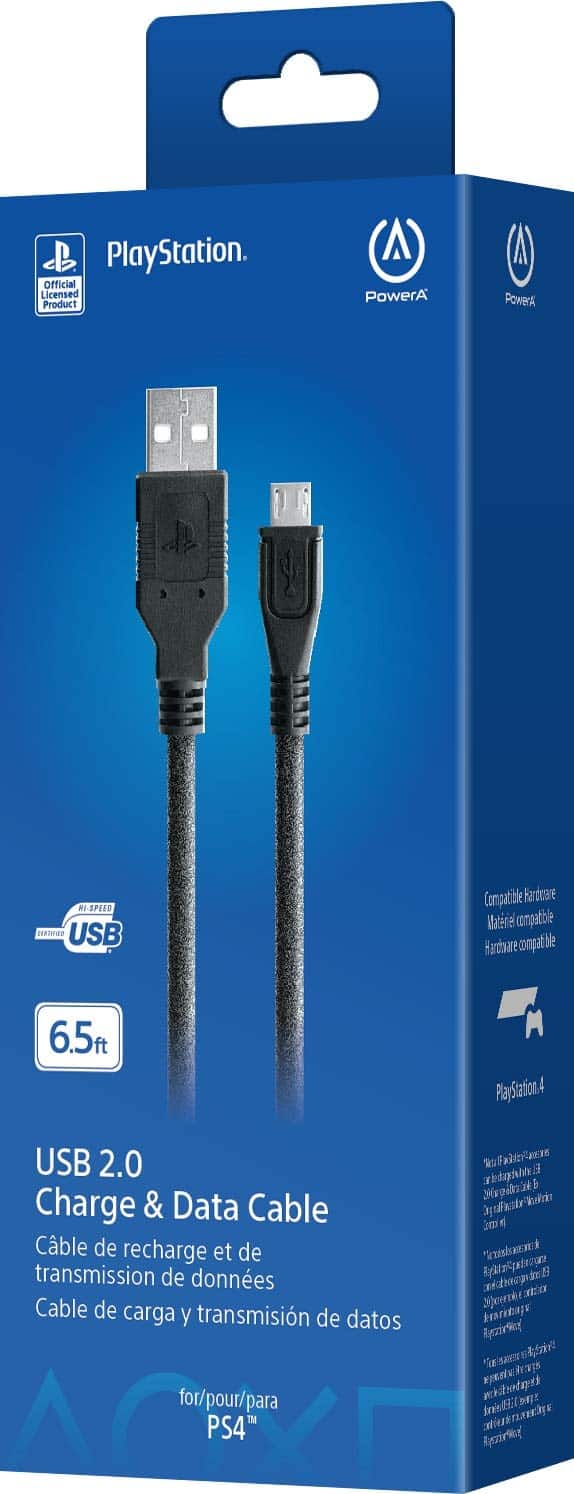
Gaining a deep understanding of your target market is paramount to success. This is where market research comes into play, acting as a powerful tool for uncovering invaluable insights about your customers, competitors, and the ever-evolving industry trends. Whether you’re a seasoned entrepreneur or a budding startup, conducting thorough market research can mean the difference between making informed decisions that drive growth and missteps that can hinder your business’s progress.
This comprehensive guide will delve into the intricacies of market research, exploring its significance, the various types of research methods, and the step-by-step process of conducting effective market analysis. By the end, you’ll have a solid grasp of how to harness the power of market research to gain a competitive edge and make data-driven decisions that propel your business forward.
Understanding the Importance of Market Research
The Role of Market Research in Business Strategy
Effective market research plays a pivotal role in shaping your overall business strategy. It provides you with an accurate and unbiased view of your company’s position within the marketplace, enabling you to:
- Evaluate your strengths and weaknesses in comparison to your competitors.
- Identify untapped market opportunities and potential threats.
- Gain insights into consumer preferences, behaviors, and purchasing patterns.
- Develop targeted marketing campaigns that resonate with your audience.
- Make informed decisions about product development, pricing, and distribution channels.
By leveraging market research, you can minimize the risks associated with launching new products or services and maximize the chances of success by aligning your offerings with the needs and desires of your target market.
The Competitive Advantage of Market Research
In today’s rapidly evolving business environment, it’s safe to assume that your competitors are conducting their own market research to gain a competitive edge. Failing to engage in market research can leave you at a significant disadvantage, as you may lack the critical insights needed to stay ahead of the curve.
Conducting thorough market research can provide you with a wealth of information about your competitors’ strategies, strengths, and weaknesses, enabling you to:
- Identify and capitalize on their vulnerabilities.
- Differentiate your offerings from theirs.
- Develop innovative products or services that meet unmet market needs.
- Adapt your marketing strategies to effectively counter their moves.
By staying informed about your competitors’ activities and the evolving market landscape, you can make proactive decisions that keep your business relevant and competitive.
Types of Market Research
Market research can be broadly categorized into two main types: primary research and secondary research. Each type offers unique advantages and serves different purposes in the overall research process.
Primary Research
Primary research involves gathering first-hand data directly from your target audience or industry experts. This type of research can be conducted through various methods, including:
- Surveys: Online or in-person questionnaires designed to gather quantitative data about consumer preferences, behaviors, and opinions.
- Focus groups: Moderated group discussions that provide qualitative insights into consumer attitudes, motivations, and perceptions.
- Interviews: One-on-one conversations with industry experts, customers, or potential customers, allowing for in-depth exploration of specific topics.
- Observations: Direct observation of consumer behavior in real-life settings, such as retail stores or public spaces.
- Experiments: Controlled tests designed to measure consumer reactions to specific stimuli, such as product packaging or advertising campaigns.
Primary research offers the advantage of obtaining highly specific and tailored data directly from your target audience. However, it can be time-consuming and costly, especially for larger-scale studies.
Secondary Research
Secondary research involves analyzing existing data and information that has already been collected and compiled by others. This type of research can be conducted using various sources, including:
- Industry reports: Comprehensive analyses and forecasts published by research firms, trade associations, or government agencies.
- Market databases: Online databases containing demographic, psychographic, and consumer behavior data.
- Academic journals: Peer-reviewed publications that provide scholarly insights into various industries and market dynamics.
- Trade publications: Industry-specific magazines, journals, and websites that cover relevant news, trends, and analysis.
- Company websites and reports: Information published by competitors, suppliers, or other industry players, such as annual reports, press releases, and product descriptions.
- Online forums and social media: Platforms where consumers discuss products, services, and industry trends, offering valuable insights into consumer sentiment.
Secondary research is generally less expensive and faster to conduct than primary research. However, the data may not be as specific or up-to-date as desired, and its accuracy and relevance should be carefully evaluated.
Conducting Effective Market Research
Conducting market research is a multi-step process that requires careful planning, execution, and analysis. Here’s a step-by-step guide to help you navigate this process effectively:
Step 1: Define Your Research Objectives
Before embarking on your market research journey, it’s crucial to clearly define your research objectives. Ask yourself:
- What specific questions do you need answered?
- What information do you need to make informed business decisions?
- Are you exploring new market opportunities, evaluating customer satisfaction, or analyzing competitor strategies?
Clearly defining your objectives will help you determine the appropriate research methods, data sources, and resources needed to achieve your goals.
Step 2: Identify Your Target Audience
Identifying your target audience is essential for ensuring that your market research efforts are focused and relevant. Consider factors such as:
- Demographics (age, gender, income, education, location)
- Psychographics (lifestyle, values, interests, behaviors)
- Buying habits and preferences
- Pain points and unmet needs
By understanding your target audience’s characteristics and motivations, you can tailor your research approach and ensure that the data you collect is meaningful and actionable.
Step 3: Choose Your Research Methods
Based on your research objectives and target audience, select the appropriate combination of primary and secondary research methods. Consider factors such as:
- The depth and specificity of information required
- The resources (time, budget, personnel) available
- The level of control and flexibility needed
- The desired level of qualitative or quantitative data
A well-rounded market research strategy often incorporates both primary and secondary research methods to obtain a comprehensive understanding of the market.
Step 4: Collect and Analyze Data
Once you’ve chosen your research methods, it’s time to execute your data collection and analysis plan. This may involve:
- Conducting surveys, focus groups, or interviews
- Analyzing industry reports, market databases, and online forums
- Evaluating competitor websites, product offerings, and marketing strategies
- Interpreting demographic and psychographic data
Ensure that your data collection and analysis processes are systematic, unbiased, and adhere to ethical standards and best practices.
Step 5: Interpret and Communicate Findings
After collecting and analyzing the data, it’s crucial to interpret the findings and communicate them effectively to stakeholders. This may involve:
- Identifying key trends, patterns, and insights
- Highlighting potential opportunities and threats
- Developing actionable recommendations and strategies
- Creating compelling visualizations and presentations
Effective communication of your market research findings is essential for gaining buy-in and driving data-driven decision-making within your organization.
Leveraging Market Research for Business Growth
Market research can be a powerful tool for driving business growth and success when leveraged effectively. Here are some key ways in which market research can contribute to your growth strategies:
Product Development and Innovation
Market research can provide invaluable insights into consumer needs, preferences, and pain points, enabling you to develop products and services that resonate with your target audience. By understanding consumer behavior and market trends, you can:
- Identify gaps in the market and develop innovative solutions
- Refine and improve existing products based on customer feedback
- Stay ahead of the curve by anticipating and responding to changing consumer preferences
Effective market research can help you create products and services that offer unique value propositions and stand out in a crowded marketplace.
Targeted Marketing and Branding
Market research can inform your marketing and branding strategies, ensuring that your messaging and campaigns effectively reach and resonate with your target audience. By understanding consumer demographics, psychographics, and media consumption habits, you can:
- Develop targeted marketing campaigns that speak directly to your audience’s interests and needs
- Optimize your marketing channels and tactics for maximum impact and ROI
- Craft compelling brand messaging and positioning that differentiates you from competitors
- Identify influencers and brand ambassadors who can amplify your message and reach new audiences
Effective marketing and branding strategies driven by market research can help you build brand loyalty, attract new customers, and ultimately drive revenue growth.
Competitive Positioning and Strategic Planning
Market research provides valuable insights into your competitors’ strategies, strengths, and weaknesses, enabling you to develop effective competitive positioning and long-term strategic plans. By analyzing competitor data and industry trends, you can:
- Identify opportunities to differentiate your offerings and gain a competitive edge
- Develop strategic plans to counter competitor moves and capitalize on market shifts
- Anticipate and respond to emerging threats and disruptive forces
- Make informed decisions about market entry, expansion, or diversification
Leveraging market research for competitive positioning and strategic planning can help you stay agile, adapt to changing market dynamics, and maintain a sustainable competitive advantage.
The Role of a Market Research Analyst
In today’s data-driven business environment, the role of a market research analyst has become increasingly crucial. These professionals are responsible for designing, executing, and analyzing market research studies to provide valuable insights and recommendations to businesses.
Responsibilities of a Market Research Analyst
The primary responsibilities of a market research analyst include:
- Defining research objectives and developing research plans
- Designing and conducting surveys, focus groups, and interviews
- Analyzing data from various sources, including industry reports, databases, and online platforms
- Identifying and interpreting market trends, consumer behavior patterns, and competitor strategies
- Preparing comprehensive reports and presentations to communicate research findings and recommendations
- Collaborating with cross-functional teams, such as marketing, product development, and strategic planning
READ ALSO: 10 Strategies to Boost Your Online Presence with Digital Marketing
Skills and Qualifications
Successful market research analysts possess a unique combination of analytical, communication, and problem-solving skills. Common qualifications and skills required for this role include:
- Bachelor’s or Master’s degree in marketing, statistics, economics, or a related field
- Strong quantitative and qualitative research skills
- Proficiency in data analysis and visualization tools (e.g., SPSS, SAS, Tableau)
- Excellent written and verbal communication abilities
- Critical thinking and problem-solving skills
- Attention to detail and accuracy
- Project management and organizational skills
Career Opportunities
Market research analysts can find employment opportunities in a wide range of industries, including:
- Market research firms and consulting agencies
- Advertising and marketing agencies
- Consumer goods and retail companies
- Technology and software companies
- Financial services and banking institutions
- Healthcare and pharmaceutical organizations
As businesses continue to recognize the value of data-driven decision-making, the demand for skilled market research analysts is expected to grow, offering promising career prospects for those with the necessary expertise.
In the ever-evolving business landscape, market research has become an indispensable tool for gaining a competitive edge and driving success. By understanding your target audience, competitors, and industry trends, you can make informed decisions that align your products, services, and strategies with the needs and preferences of your market.
Whether you’re conducting primary research through surveys, focus groups, or interviews, or leveraging secondary sources like industry reports and online forums, the insights gained from market research can guide product development, marketing campaigns, and strategic planning efforts.
Remember, effective market research is an ongoing process that requires continuous adaptation and refinement. As consumer preferences and market dynamics evolve, staying attuned to the latest trends and insights through consistent market research efforts will be crucial for maintaining a competitive edge and driving long-term business growth and success.
So, embrace the power of market research, and let it be your compass in navigating the ever-changing business landscape, unlocking new opportunities, and propelling your organization towards greater heights.



























